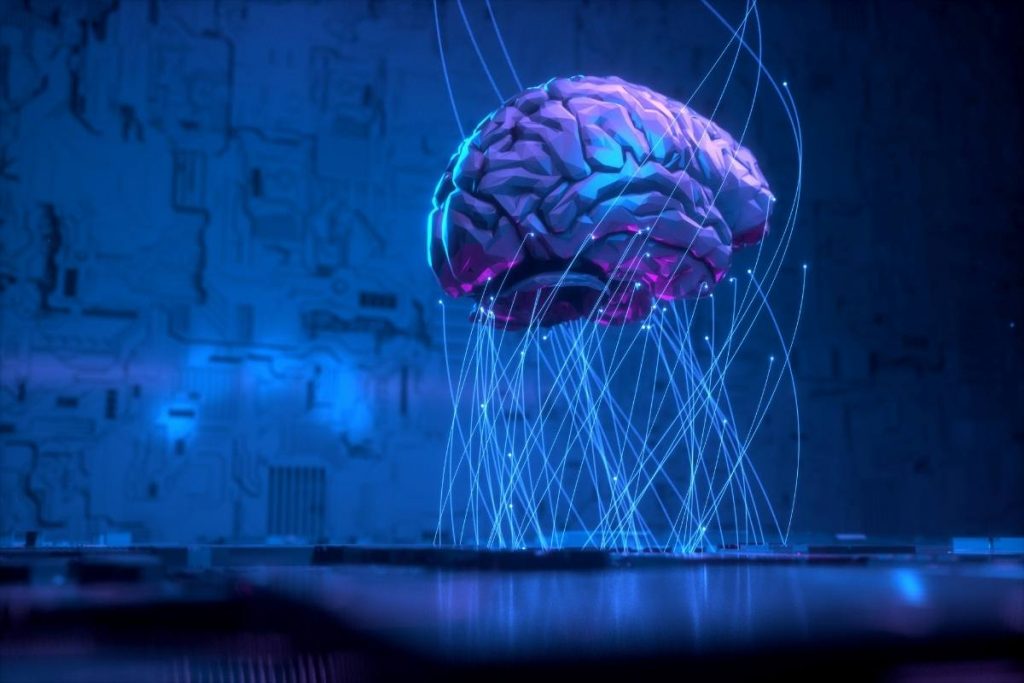Natural Language Processing is a communicative structure that unites people with machines. It sits within the entire compendium of Artificial Intelligence, and its primary function is to make computers understand and interpret human language in any of its forms.
New or disruptive?
As novel as the NLP may sound, it is a discipline that has been developing for many years (as well as Artificial Intelligence). It arises from the need that humans had to be able to improve the human-machine communicative environment, since the native language of computers is incomprehensible to most people.
In 2017, few people noticed the publication of the article ‘Attention is all you need’ (Vaswani et al, 2017), from Google Brain. It proposed a new network architecture, called Transformer, based solely on attention mechanisms. I would change the field of NLP forever.
Yes, things have changed. Since 2017, there has been a revolution as you can read in this Techcrunch article.
What’s so important about the NLP?
This technology has become more important as data generation grew, processing capacity and the career of new text-based solutions Vaswani et al. caused a tsunami in the sector (BERT, GPT…). Currently, with the existing technological capacity to capture, process and refine unstructured data, the NLP makes them understandable to machines that have a higher processing capacity.
The human being has a totally different communicative structure from that of a machine. We emit emotions and feelings when communicating or taking an action. The nuance is in the ability to “understand” these unstructured data and maintain the impartial and analytical nature of the computer.
Profits of the NLP in today’s society
Natural language processing does not have a single function within artificial intelligence and, possibly, in the future, it will have some more. At the moment, the most common are:
- Natural language comprehension (NLU): It is one of the main functions of the NLP since it processes, interprets and understands the meaning of a specific language. To do this, you need datasets in the specific language and know the pragmatics, semantics and grammar of it.
- Natural language generation (NLG): This is the ability to create human language autonomously from a source of information. In this case, for example, I would process a written text to later choose the most important and create it in a totally original way.
- Speech recognition and synthesis: We move on to spoken language processing, although this function is done by passing sound to text, analyzing it and then generating a sound response. With this we give the ability to “talk” to a machine.
- Machine translation: This is one of the most common and well-known uses where the NLP participates. As we already know, it consists of changing the language of a text automatically.
- Detection of feelings or emotions: It is currently one of the most cutting-edge uses of this technology since it is so intelligent that it manages to determine what the user feels when communicating. It needs an in-depth study of the communicative environment and a greater learning phase than the previous ones.

